According to a 2022 report by Great Expectations, less than half of the surveyed data practitioners said they had a high level of trust in their organization’s data quality. What’s more, 91% said that data quality had impacted their organization in some way.
These statistics make perfect sense because working with large datasets is no easy feat. Without a well-developed process, you might waste tons of money and manpower on subpar data that doesn’t move the needle.
This is where data cleansing and enrichment come into play. These processes ensure you’re working with robust, accurate data that enables confident decision-making and unlocks new growth opportunities (particularly in the sales domain). 🚀
We’ve dedicated years to efficient data enrichment and cleansing in the sales space, so in this guide, we’ll share some of our key knowledge, most notably:
- The difference between data enrichment and cleansing
- Actionable steps for both processes
- The best way to automate them with the right tool
What’s the Difference Between Data Cleansing and Data Enrichment?
Data cleansing and data enrichment are entirely different processes, each playing a crucial part in your sales workflows. With this in mind, you can’t make an apples-to-apples comparison of them.
Instead, we’ll explain each concept in more detail to show you its main purpose and benefits. After clarifying all the relevant intricacies, we’ll discuss the best way to go about enrichment and cleansing.
What Is Data Cleansing?

Data cleansing is the process of eliminating any inconsistencies or errors in your database. It removes data management bottlenecks and lets your team work with well-structured, accurate data points. 🎯
Let’s say you scrape the web for lead data and obtain information such as names, companies, roles, and contact details. Ideally, you’d get a clean spreadsheet with up-to-date information you could use to execute effective campaigns.
The problem is that this ideal scenario isn’t always realistic. Many situations can affect the quality of data, including:
- Your web scraper encountered a bug that caused duplicate entries
- The sites you scraped list the same types of data in different ways or formats
- Your leads changed roles or companies while you were setting up the campaign
- Your leads changed their email address and forgot to update it on the website
All of the above cases (and many more) are precisely why you need data cleansing. Your information should be standardized, validated, and updated before you can start using it.
If you make this happen, you can expect various benefits, most notably:
- Increased campaign efficiency and effectiveness
- Improved email deliverability
- Higher ROI as a result of reduced waste
To sum up, data cleansing lets you build a solid foundation for future sales activities. Still, it may not be enough to ensure you hit your targets, which is why you need to pair it with a solid enrichment process.
What Is Data Enrichment?

Data enrichment is the process of augmenting or appending existing data with additional data points, typically with the use of a dedicated tool. Some of the most commonly enriched data points include the following:
- Contact information
- Demographics
- Firmographics
- Buyer intent data
In the marketing and sales context, data enrichment is used to develop comprehensive prospect profiles. If done effectively, this process can provide numerous benefits, some of which are shown in the following table:
Besides manual data gathering (which isn’t recommended because of the outstanding amount of wasted time and resources), you can perform data enrichment in two ways:
- Using a web scraper to pull data directly from websites
- Leveraging a ready-made data enrichment tool
The first option is reserved for those with a more extensive tech background, especially if you plan on building a custom scraper from scratch. That’s why dedicated data enrichment tools are the more popular option, which we’ll focus on a bit later in this guide. 🔜
How To Perform Data Cleansing—3 Steps To Follow
Now that we’ve clarified the differences between data cleansing and data enrichment, it’s time to explore the specifics of each process. We’ll start with data cleansing under the assumption that you already have a database you want to clean up so that you can build a solid foundation for the enrichment process.
To ensure your data is ready for enrichment, you should go through these steps:
- Deduplication
- Normalization
- Validation
1. Deduplication
Duplicate entries are a common issue, especially in larger databases. They’re problematic for two reasons:
- You might have a distorted picture of your total number of leads 📉
- You’ll waste money on duplicate enrichments 💸
This is why the first step to data cleansing is removing duplicates. Luckily, the process is straightforward and doesn’t require any specialized tools. You can do it in Excel by going to Data > Remove duplicates.

Of course, it’s always a good idea to invest in a data cleansing solution that supports other relevant features, but you don’t need to waste money on a platform specifically tailored to deduplication.
2. Normalization
Data normalization is the process of restructuring data so that it follows a consistent pattern. It ensures clarity and simplifies data management, so it’s an essential component of the cleansing process.
It’s best to explain data normalization using an example. Suppose you have various phone numbers in your database, and they’re written in different formats, such as:
- (1)234-567-890
- +1-234-567-890
- +1234567890
To normalize these numbers, you’d have to choose the preferred format and ensure all entries follow it. While you could do so using basic spreadsheet tools like Excel, it might be more difficult because it involves complex formulas and setups.
An easier alternative is to opt for a platform with pre-made normalization workflows. This way, you can save a significant amount of time you’d otherwise spend on figuring out and setting up formulas manually.
3. Validation
Once you’ve made sure there are no duplicate entries and that your data is neatly structured, the final step is to validate the accuracy of your database. There are many reasons why the data might be faulty, most notably:
- ❌ Human error (if you’re entering data manually)
- ⌛ Long time windows between data collection and use, which lead to stale data
- 🏠 Unaddressed changes on a prospect’s end (changed address, contact data, jobs, etc.)
If you don’t validate your data, you run the risk of wasting time and money on ineffective campaigns. Unverified contact data is particularly troublesome because it can harm your outreach efforts in the long run.
For example, sending a bunch of emails and having them bounce back damages your domain’s credibility, which means that many of your future emails might end up in spam. 🛑
You might feel compelled to avoid these issues through manual data validation, but this isn’t a good idea. Besides being inefficient, it leaves too much room for error.
That’s why it’s best to either go with a dedicated validation platform or opt for a data enrichment solution that automatically validates data after providing it.
3 Steps to Successful Data Enrichment

When you establish a clean base of high-level data, you should dig deeper through data enrichment. The process also involves three steps:
- Establishing your data goals
- Identifying data gaps
- Choosing a data enrichment platform
1. Establish Your Data Goals
Data enrichment has various use cases, such as:
- 🔎 Market research
- 🤩 Customer experience improvement
- ⚔️Competitor research
- 🤝 Prospecting and lead generation
We’ve mostly focused on the last point, which we’ll continue to do throughout this guide because robust data is the backbone of successful prospecting and your sales process as a whole.
Still, you might have other goals, so work out what you’ll use the data for. This decision will inform the future steps we’ll discuss here because each use case requires different data points and tools you’ll use to obtain them.
2. Identify Data Gaps
With a defined data goal in place, you should see which data points you’re missing to achieve it. For example, if you’re looking to generate leads through cold emails, you need to go far beyond a prospect’s basic information.
To write a captivating email that encourages a response, you should know the following:
- Place of work
- Current and former roles
- Likes and interests
- Achievements
- The company’s tech stack and budget
Only after collecting this data can you reach out to a prospect in a way that starts a meaningful relationship. To gather the necessary information, you need a robust tool that streamlines the enrichment process and maximizes your ROI. This leads us to the final step — selecting such a tool.
3. Choose a Data Enrichment Platform
Your data enrichment service makes or breaks the entire process. There are numerous solutions on the market, so you might spend quite some time researching your options to find the best one.
To shorten the research process, focus on the factors outlined in the following table:
Few platforms check all of the above boxes. For a recommendation—check out Clay. 📌
Enrich and Clean Up Your Data With Clay
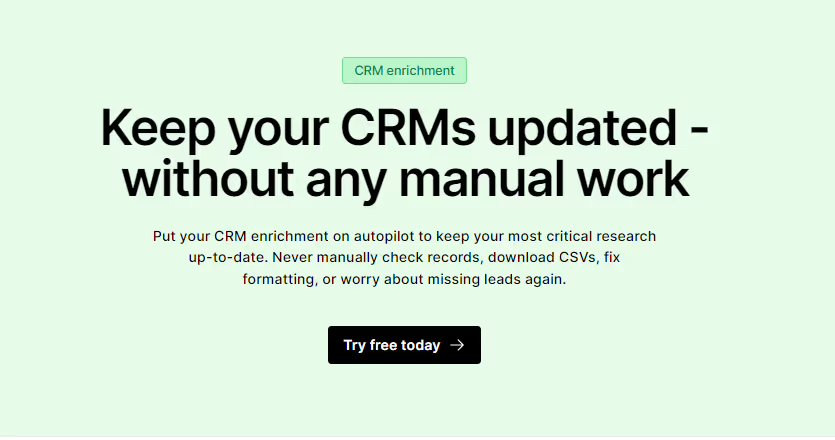
Clay is an end-to-end data enrichment solution that makes it easy to obtain any data point you need for effective outreach campaigns. Unlike most platforms, it doesn’t tie you to a single data source but integrates with over 75 data providers to maximize the hit rate even for hard-to-find data.
These integrations are coupled with waterfall enrichment to ensure a streamlined data collection experience—here’s how it all works:
- Choose the data points you need (e.g., emails or phone numbers)
- Select the data providers you want Clay to browse
- Let Clay scour the chosen data sources one by one until it finds the hit

With Clay, you only pay for successful searches. This means there’s no wasted money or effort so you can maximize your ROI. The platform also automatically validates email addresses, sparing you the hassle of doing it manually.
If you need to pull specific information from a page as you visit it, you can use Clay’s robust Chrome extension. It lets you leverage pre-build recipes to extract data in only a few clicks or map the website manually to create a custom recipe.
Need more ways to simplify the enrichment process? Clay offers dozens of templates that let you do so. They come with pre-built Clay tables and workflows for specific tasks, giving you a major head start.
How To Keep Data Clean With Clay
Clay neatly structures all the data it provides, but it still comes with dedicated cleanup tools that let you fine-tune your database. With the platform’s Formatters tool, you can perform various data cleansing activities, such as:

Another easy way to both enrich and clean data is to leverage AI through Claygent—Clay’s AI researcher and assistant that completes various tasks, such as:
- 🗣️ Answering questions about people and companies
- 🌐 Scouring the web for specific data points
- 📊 Formatting data based on simple prompts
Claygent is based on ChatGPT, so the workflow is similar to OpenAI’s solution—all you need to do is provide a prompt. For example, you can tell Claygent to create conditional formulas to structure different data points without manual work.
Empower Your CRM and SDRs Without Hefty Investments
So you’ve found and cleansed your data with Clay—now what? Well, you have a few options. You can push data to your CRM to enrich your database with new data points or export it as a CSV file for further tweaking.
Another option is to let Clay’s AI Email Builder pull data from your Clay table to write hyper-personalized outreach emails in seconds. This way, you can avoid the lengthy writing process and kick off your campaign much faster. Send the emails to your sequencer in no more than a few clicks, and you’re good to go! 💪
These features have helped countless teams achieve outstanding results. Here’s an example of the difference Clay can make:

If you want to see how Clay can provide the same benefits to your business, you can use the rich free plan to test its features first-hand. You get 100 monthly credits without time limits, so you can decide whether you wish to upgrade. If so, you can choose between four plans:
Each plan supports unlimited users, so you don’t need to worry about hidden or increasing costs.
Get Started With Clay for Free
If you’re ready to uplevel your data enrichment and cleansing workflows, you can create a free Clay account in three steps:
- Visit the signup page 👈
- Enter your name and email
- Start enriching data with Clay
For additional handy tutorials, feel free to visit Clay University and learn more about the platform. You can also join Clay’s Slack community to see how others are leveraging the platform and sign up for the newsletter to get regular updates and outreach tips.
💡 Keep reading: Want to learn more about successful data enrichment? Check out these articles:
According to a 2022 report by Great Expectations, less than half of the surveyed data practitioners said they had a high level of trust in their organization’s data quality. What’s more, 91% said that data quality had impacted their organization in some way.
These statistics make perfect sense because working with large datasets is no easy feat. Without a well-developed process, you might waste tons of money and manpower on subpar data that doesn’t move the needle.
This is where data cleansing and enrichment come into play. These processes ensure you’re working with robust, accurate data that enables confident decision-making and unlocks new growth opportunities (particularly in the sales domain). 🚀
We’ve dedicated years to efficient data enrichment and cleansing in the sales space, so in this guide, we’ll share some of our key knowledge, most notably:
- The difference between data enrichment and cleansing
- Actionable steps for both processes
- The best way to automate them with the right tool
What’s the Difference Between Data Cleansing and Data Enrichment?
Data cleansing and data enrichment are entirely different processes, each playing a crucial part in your sales workflows. With this in mind, you can’t make an apples-to-apples comparison of them.
Instead, we’ll explain each concept in more detail to show you its main purpose and benefits. After clarifying all the relevant intricacies, we’ll discuss the best way to go about enrichment and cleansing.
What Is Data Cleansing?

Data cleansing is the process of eliminating any inconsistencies or errors in your database. It removes data management bottlenecks and lets your team work with well-structured, accurate data points. 🎯
Let’s say you scrape the web for lead data and obtain information such as names, companies, roles, and contact details. Ideally, you’d get a clean spreadsheet with up-to-date information you could use to execute effective campaigns.
The problem is that this ideal scenario isn’t always realistic. Many situations can affect the quality of data, including:
- Your web scraper encountered a bug that caused duplicate entries
- The sites you scraped list the same types of data in different ways or formats
- Your leads changed roles or companies while you were setting up the campaign
- Your leads changed their email address and forgot to update it on the website
All of the above cases (and many more) are precisely why you need data cleansing. Your information should be standardized, validated, and updated before you can start using it.
If you make this happen, you can expect various benefits, most notably:
- Increased campaign efficiency and effectiveness
- Improved email deliverability
- Higher ROI as a result of reduced waste
To sum up, data cleansing lets you build a solid foundation for future sales activities. Still, it may not be enough to ensure you hit your targets, which is why you need to pair it with a solid enrichment process.
What Is Data Enrichment?

Data enrichment is the process of augmenting or appending existing data with additional data points, typically with the use of a dedicated tool. Some of the most commonly enriched data points include the following:
- Contact information
- Demographics
- Firmographics
- Buyer intent data
In the marketing and sales context, data enrichment is used to develop comprehensive prospect profiles. If done effectively, this process can provide numerous benefits, some of which are shown in the following table:
Besides manual data gathering (which isn’t recommended because of the outstanding amount of wasted time and resources), you can perform data enrichment in two ways:
- Using a web scraper to pull data directly from websites
- Leveraging a ready-made data enrichment tool
The first option is reserved for those with a more extensive tech background, especially if you plan on building a custom scraper from scratch. That’s why dedicated data enrichment tools are the more popular option, which we’ll focus on a bit later in this guide. 🔜
How To Perform Data Cleansing—3 Steps To Follow
Now that we’ve clarified the differences between data cleansing and data enrichment, it’s time to explore the specifics of each process. We’ll start with data cleansing under the assumption that you already have a database you want to clean up so that you can build a solid foundation for the enrichment process.
To ensure your data is ready for enrichment, you should go through these steps:
- Deduplication
- Normalization
- Validation
1. Deduplication
Duplicate entries are a common issue, especially in larger databases. They’re problematic for two reasons:
- You might have a distorted picture of your total number of leads 📉
- You’ll waste money on duplicate enrichments 💸
This is why the first step to data cleansing is removing duplicates. Luckily, the process is straightforward and doesn’t require any specialized tools. You can do it in Excel by going to Data > Remove duplicates.

Of course, it’s always a good idea to invest in a data cleansing solution that supports other relevant features, but you don’t need to waste money on a platform specifically tailored to deduplication.
2. Normalization
Data normalization is the process of restructuring data so that it follows a consistent pattern. It ensures clarity and simplifies data management, so it’s an essential component of the cleansing process.
It’s best to explain data normalization using an example. Suppose you have various phone numbers in your database, and they’re written in different formats, such as:
- (1)234-567-890
- +1-234-567-890
- +1234567890
To normalize these numbers, you’d have to choose the preferred format and ensure all entries follow it. While you could do so using basic spreadsheet tools like Excel, it might be more difficult because it involves complex formulas and setups.
An easier alternative is to opt for a platform with pre-made normalization workflows. This way, you can save a significant amount of time you’d otherwise spend on figuring out and setting up formulas manually.
3. Validation
Once you’ve made sure there are no duplicate entries and that your data is neatly structured, the final step is to validate the accuracy of your database. There are many reasons why the data might be faulty, most notably:
- ❌ Human error (if you’re entering data manually)
- ⌛ Long time windows between data collection and use, which lead to stale data
- 🏠 Unaddressed changes on a prospect’s end (changed address, contact data, jobs, etc.)
If you don’t validate your data, you run the risk of wasting time and money on ineffective campaigns. Unverified contact data is particularly troublesome because it can harm your outreach efforts in the long run.
For example, sending a bunch of emails and having them bounce back damages your domain’s credibility, which means that many of your future emails might end up in spam. 🛑
You might feel compelled to avoid these issues through manual data validation, but this isn’t a good idea. Besides being inefficient, it leaves too much room for error.
That’s why it’s best to either go with a dedicated validation platform or opt for a data enrichment solution that automatically validates data after providing it.
3 Steps to Successful Data Enrichment

When you establish a clean base of high-level data, you should dig deeper through data enrichment. The process also involves three steps:
- Establishing your data goals
- Identifying data gaps
- Choosing a data enrichment platform
1. Establish Your Data Goals
Data enrichment has various use cases, such as:
- 🔎 Market research
- 🤩 Customer experience improvement
- ⚔️Competitor research
- 🤝 Prospecting and lead generation
We’ve mostly focused on the last point, which we’ll continue to do throughout this guide because robust data is the backbone of successful prospecting and your sales process as a whole.
Still, you might have other goals, so work out what you’ll use the data for. This decision will inform the future steps we’ll discuss here because each use case requires different data points and tools you’ll use to obtain them.
2. Identify Data Gaps
With a defined data goal in place, you should see which data points you’re missing to achieve it. For example, if you’re looking to generate leads through cold emails, you need to go far beyond a prospect’s basic information.
To write a captivating email that encourages a response, you should know the following:
- Place of work
- Current and former roles
- Likes and interests
- Achievements
- The company’s tech stack and budget
Only after collecting this data can you reach out to a prospect in a way that starts a meaningful relationship. To gather the necessary information, you need a robust tool that streamlines the enrichment process and maximizes your ROI. This leads us to the final step — selecting such a tool.
3. Choose a Data Enrichment Platform
Your data enrichment service makes or breaks the entire process. There are numerous solutions on the market, so you might spend quite some time researching your options to find the best one.
To shorten the research process, focus on the factors outlined in the following table:
Few platforms check all of the above boxes. For a recommendation—check out Clay. 📌
Enrich and Clean Up Your Data With Clay

Clay is an end-to-end data enrichment solution that makes it easy to obtain any data point you need for effective outreach campaigns. Unlike most platforms, it doesn’t tie you to a single data source but integrates with over 75 data providers to maximize the hit rate even for hard-to-find data.
These integrations are coupled with waterfall enrichment to ensure a streamlined data collection experience—here’s how it all works:
- Choose the data points you need (e.g., emails or phone numbers)
- Select the data providers you want Clay to browse
- Let Clay scour the chosen data sources one by one until it finds the hit

With Clay, you only pay for successful searches. This means there’s no wasted money or effort so you can maximize your ROI. The platform also automatically validates email addresses, sparing you the hassle of doing it manually.
If you need to pull specific information from a page as you visit it, you can use Clay’s robust Chrome extension. It lets you leverage pre-build recipes to extract data in only a few clicks or map the website manually to create a custom recipe.
Need more ways to simplify the enrichment process? Clay offers dozens of templates that let you do so. They come with pre-built Clay tables and workflows for specific tasks, giving you a major head start.
How To Keep Data Clean With Clay
Clay neatly structures all the data it provides, but it still comes with dedicated cleanup tools that let you fine-tune your database. With the platform’s Formatters tool, you can perform various data cleansing activities, such as:

Another easy way to both enrich and clean data is to leverage AI through Claygent—Clay’s AI researcher and assistant that completes various tasks, such as:
- 🗣️ Answering questions about people and companies
- 🌐 Scouring the web for specific data points
- 📊 Formatting data based on simple prompts
Claygent is based on ChatGPT, so the workflow is similar to OpenAI’s solution—all you need to do is provide a prompt. For example, you can tell Claygent to create conditional formulas to structure different data points without manual work.
Empower Your CRM and SDRs Without Hefty Investments
So you’ve found and cleansed your data with Clay—now what? Well, you have a few options. You can push data to your CRM to enrich your database with new data points or export it as a CSV file for further tweaking.
Another option is to let Clay’s AI Email Builder pull data from your Clay table to write hyper-personalized outreach emails in seconds. This way, you can avoid the lengthy writing process and kick off your campaign much faster. Send the emails to your sequencer in no more than a few clicks, and you’re good to go! 💪
These features have helped countless teams achieve outstanding results. Here’s an example of the difference Clay can make:

If you want to see how Clay can provide the same benefits to your business, you can use the rich free plan to test its features first-hand. You get 100 monthly credits without time limits, so you can decide whether you wish to upgrade. If so, you can choose between four plans:
Each plan supports unlimited users, so you don’t need to worry about hidden or increasing costs.
Get Started With Clay for Free
If you’re ready to uplevel your data enrichment and cleansing workflows, you can create a free Clay account in three steps:
- Visit the signup page 👈
- Enter your name and email
- Start enriching data with Clay
For additional handy tutorials, feel free to visit Clay University and learn more about the platform. You can also join Clay’s Slack community to see how others are leveraging the platform and sign up for the newsletter to get regular updates and outreach tips.
💡 Keep reading: Want to learn more about successful data enrichment? Check out these articles:





















.avif)
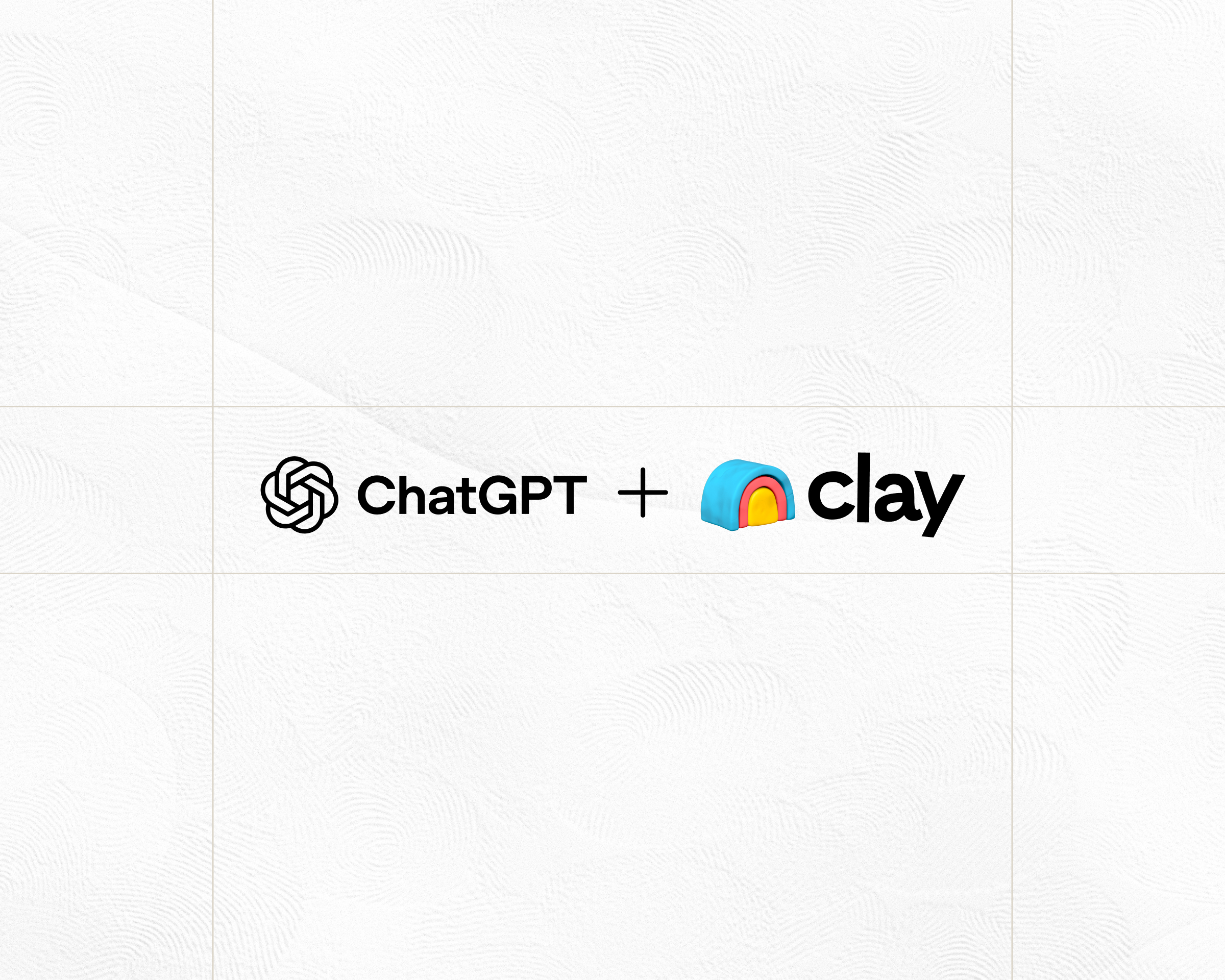
.jpg)
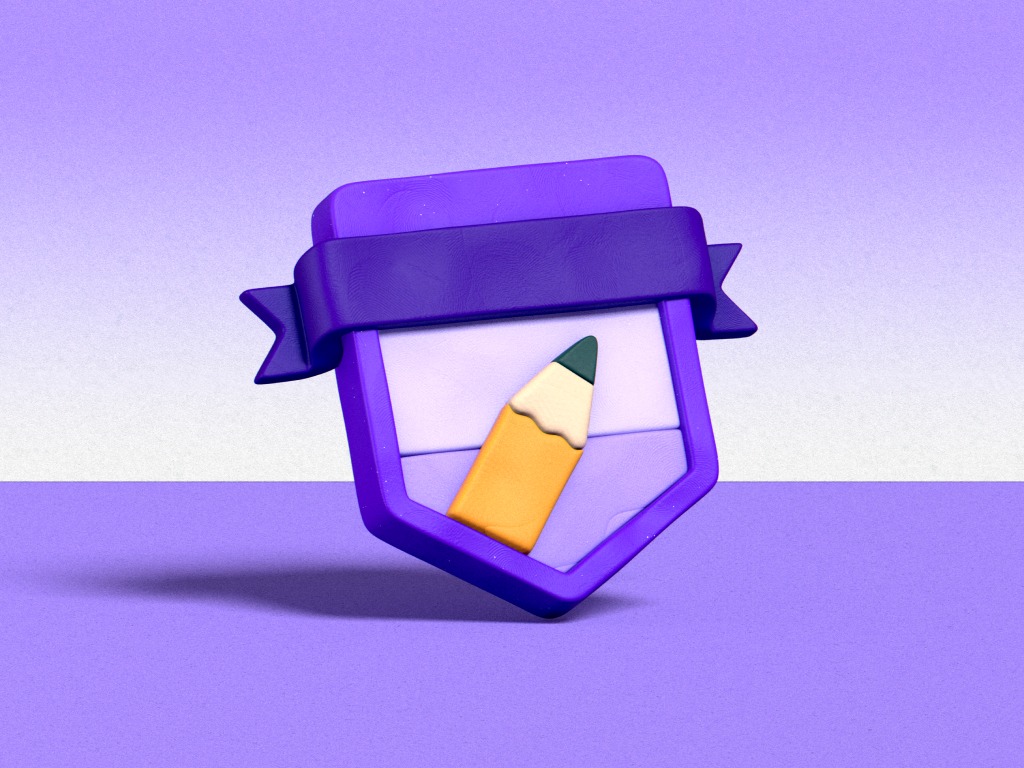



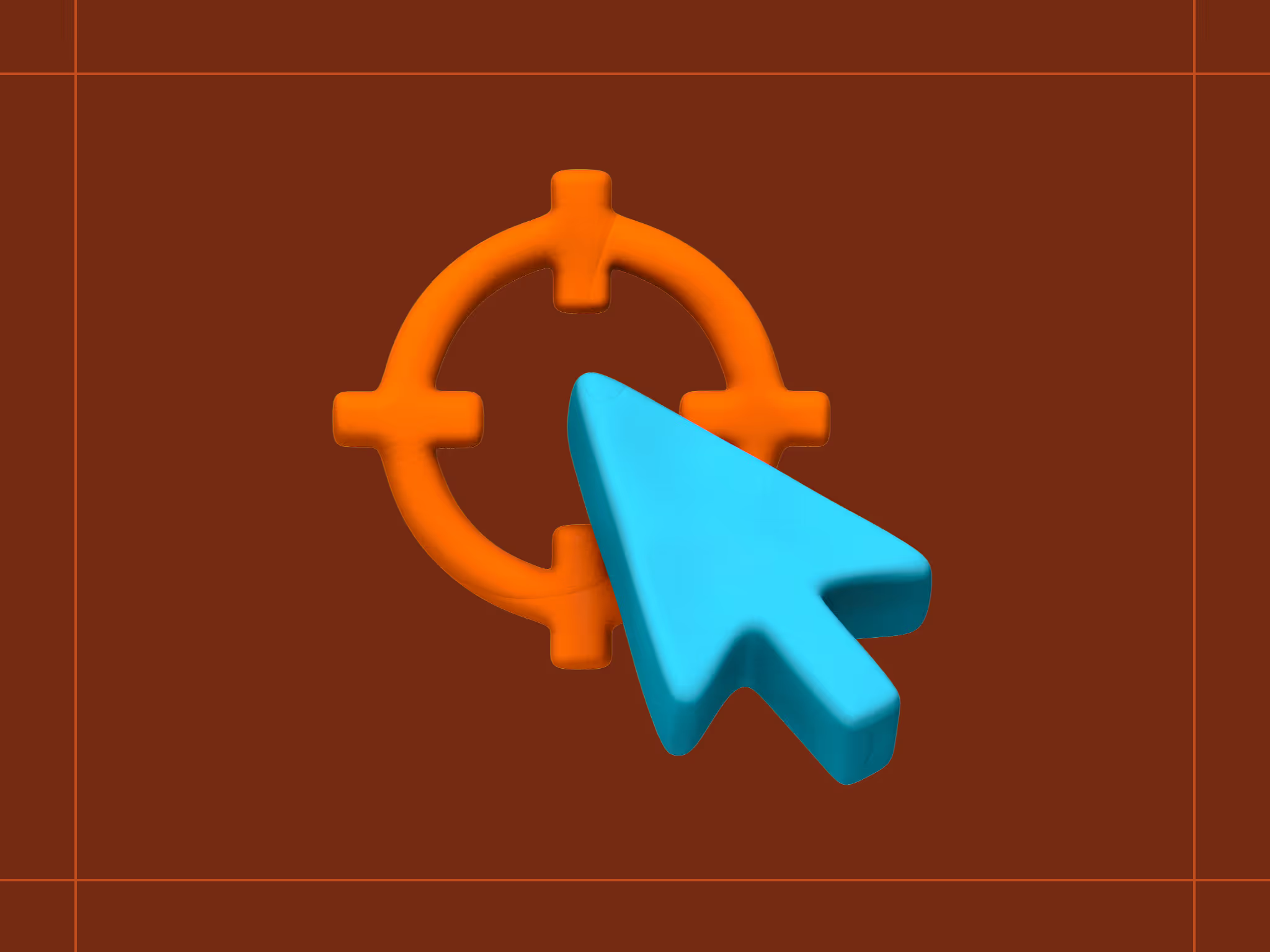
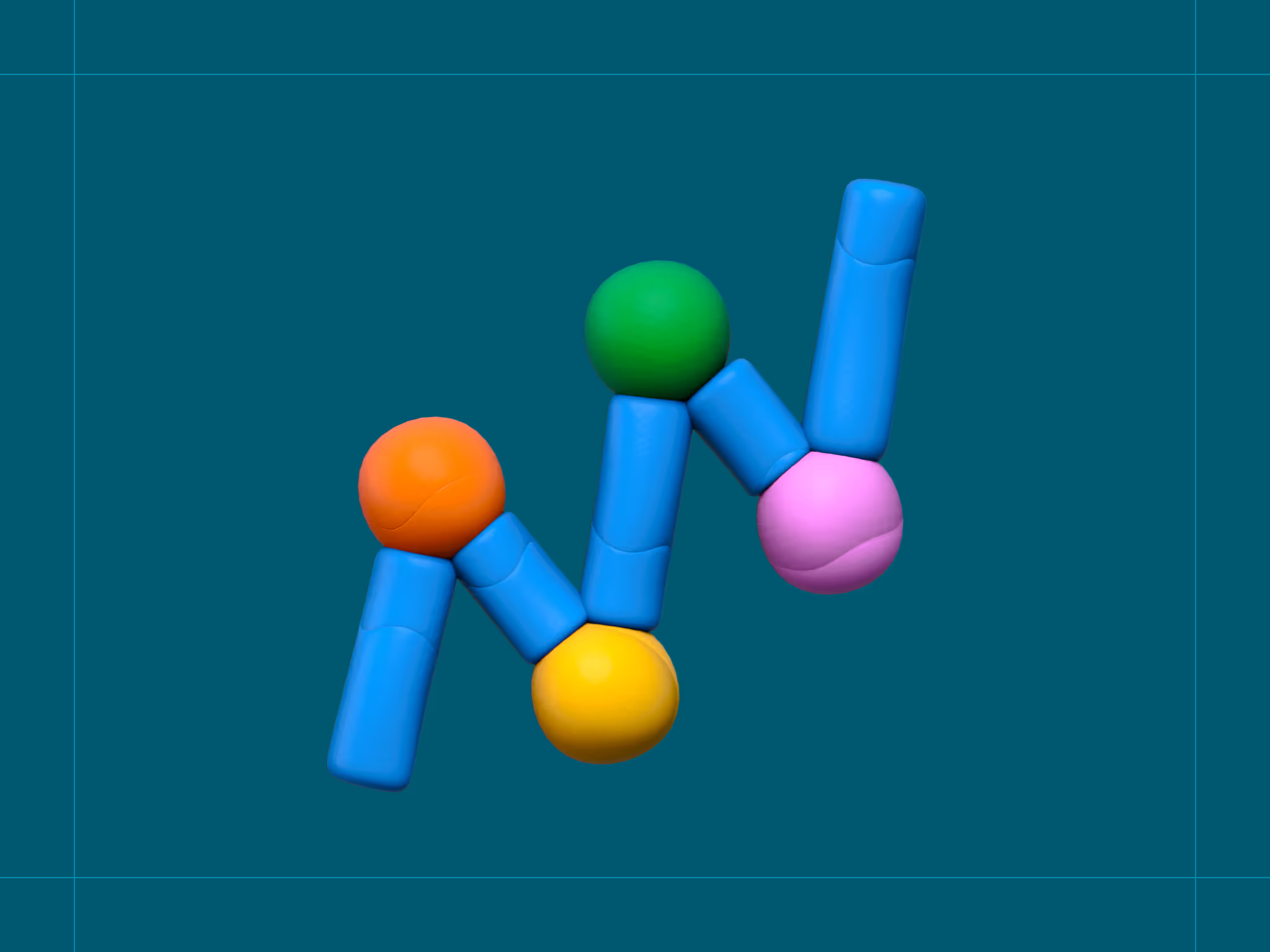
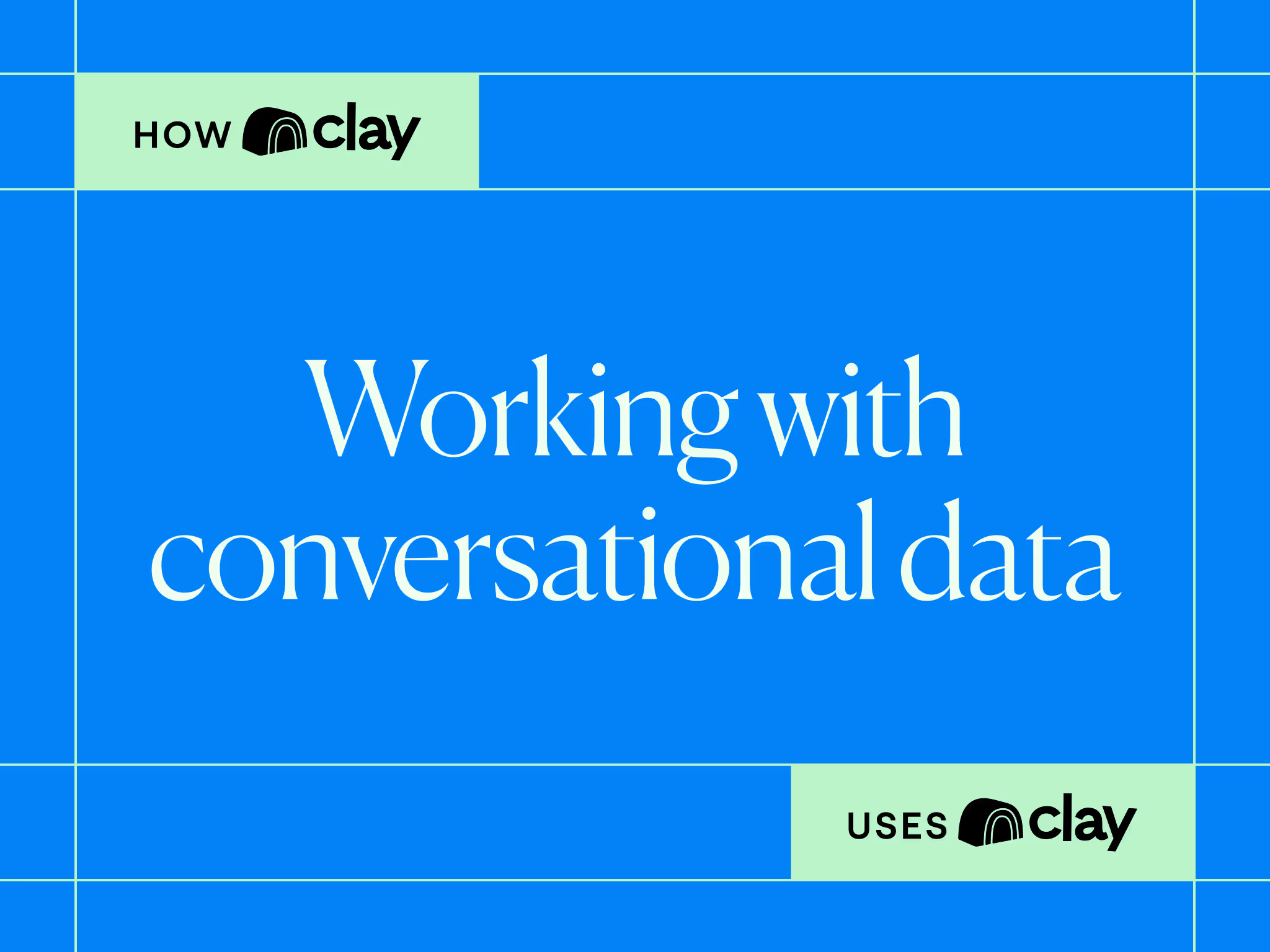
.avif)
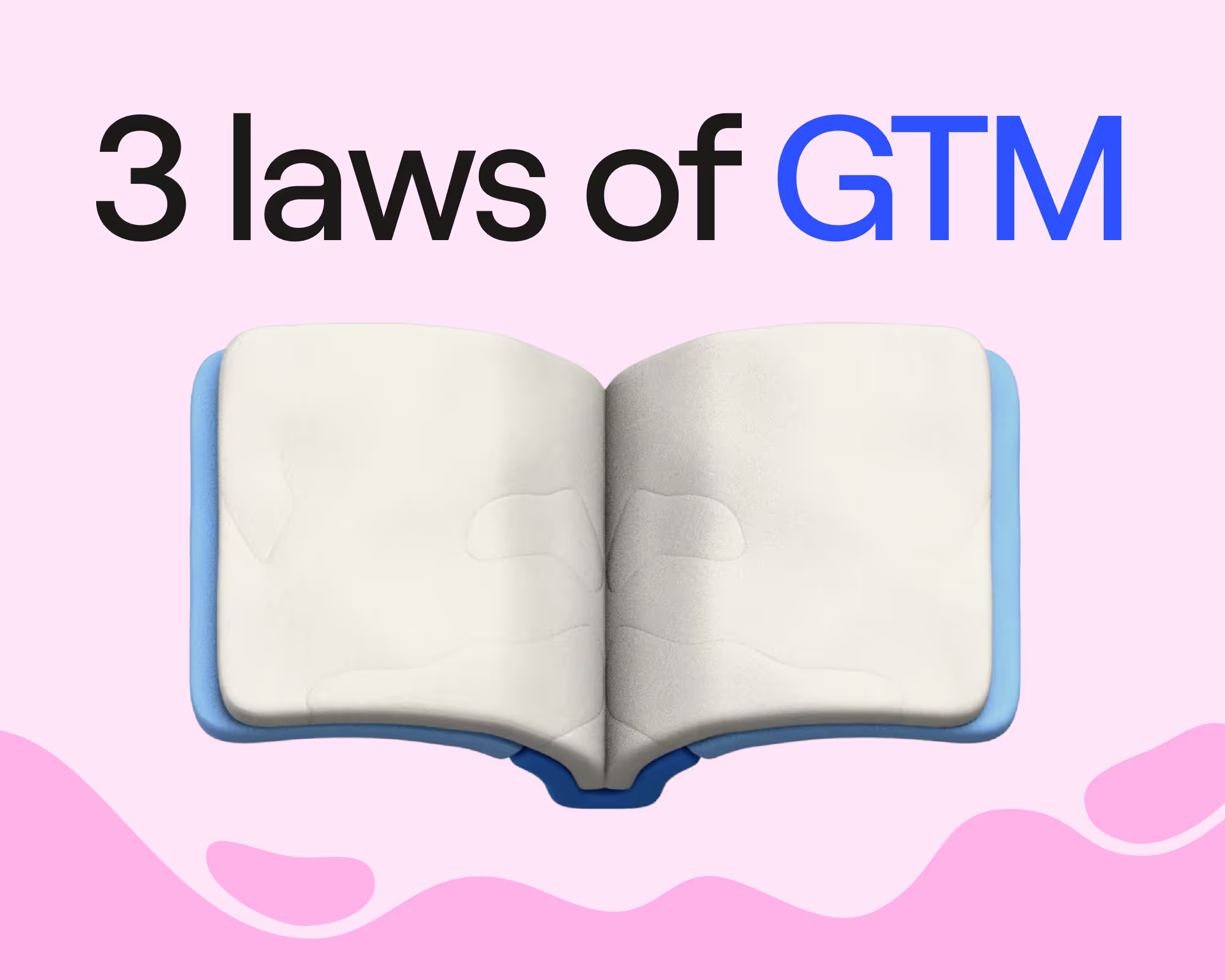
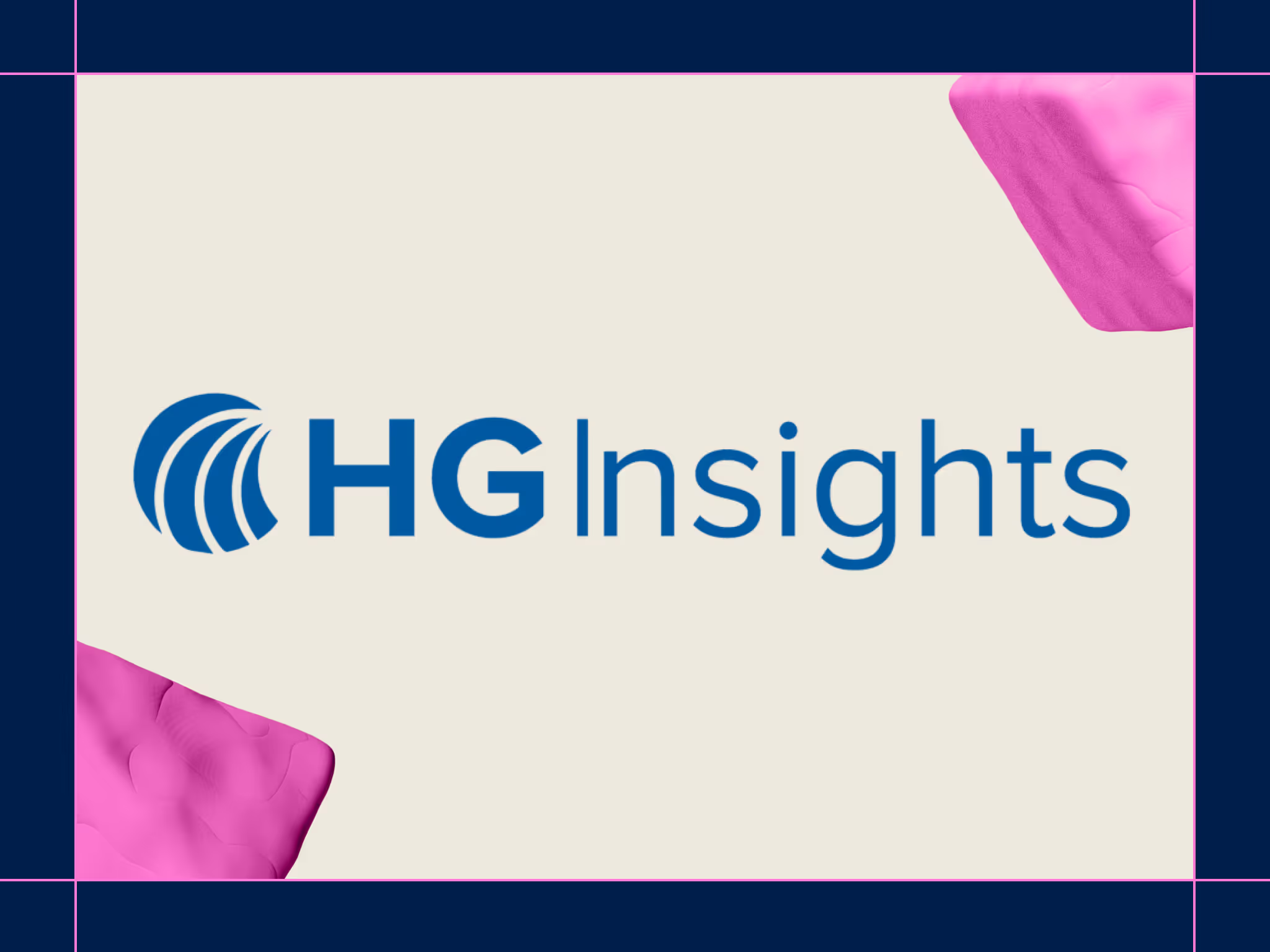
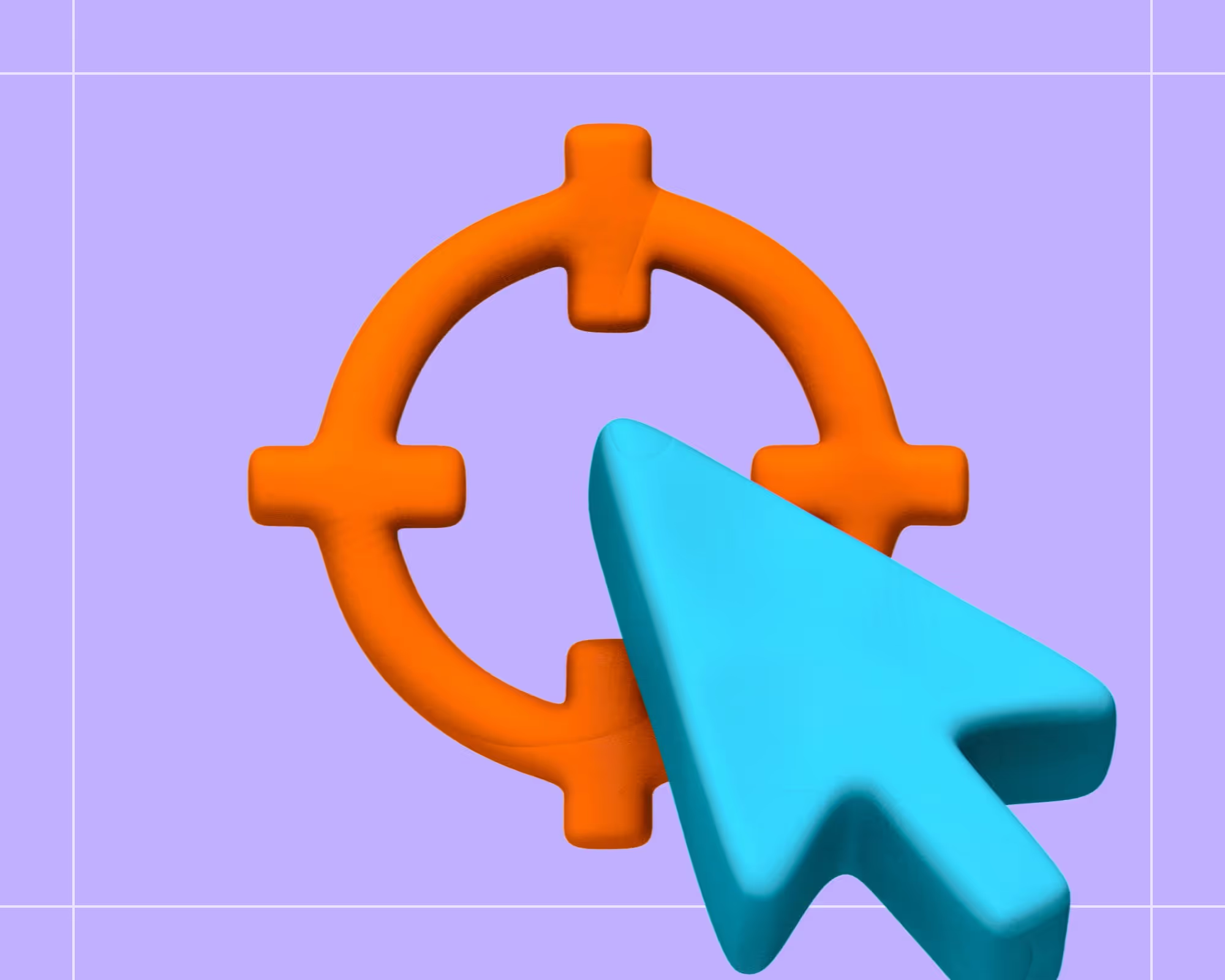


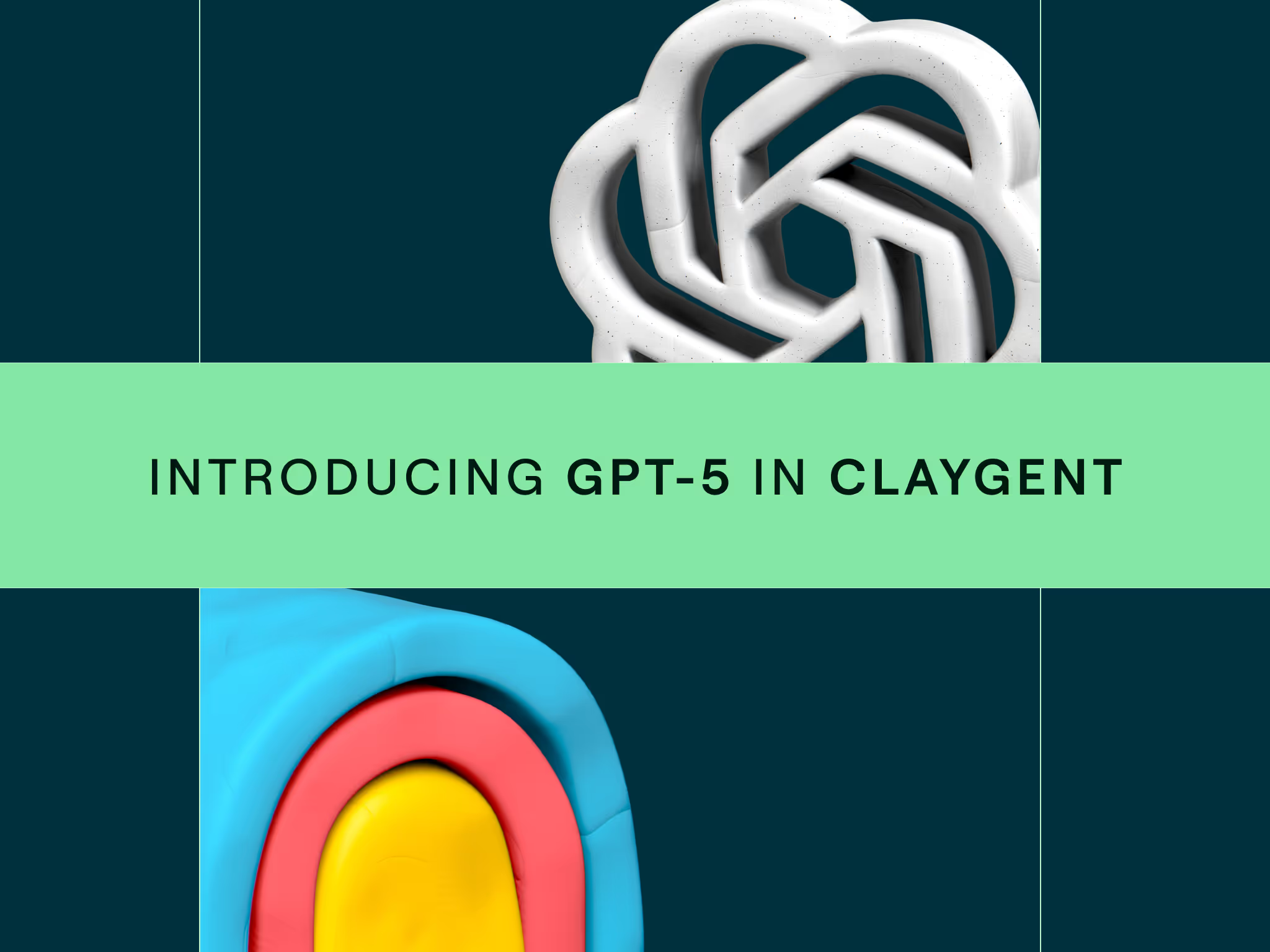




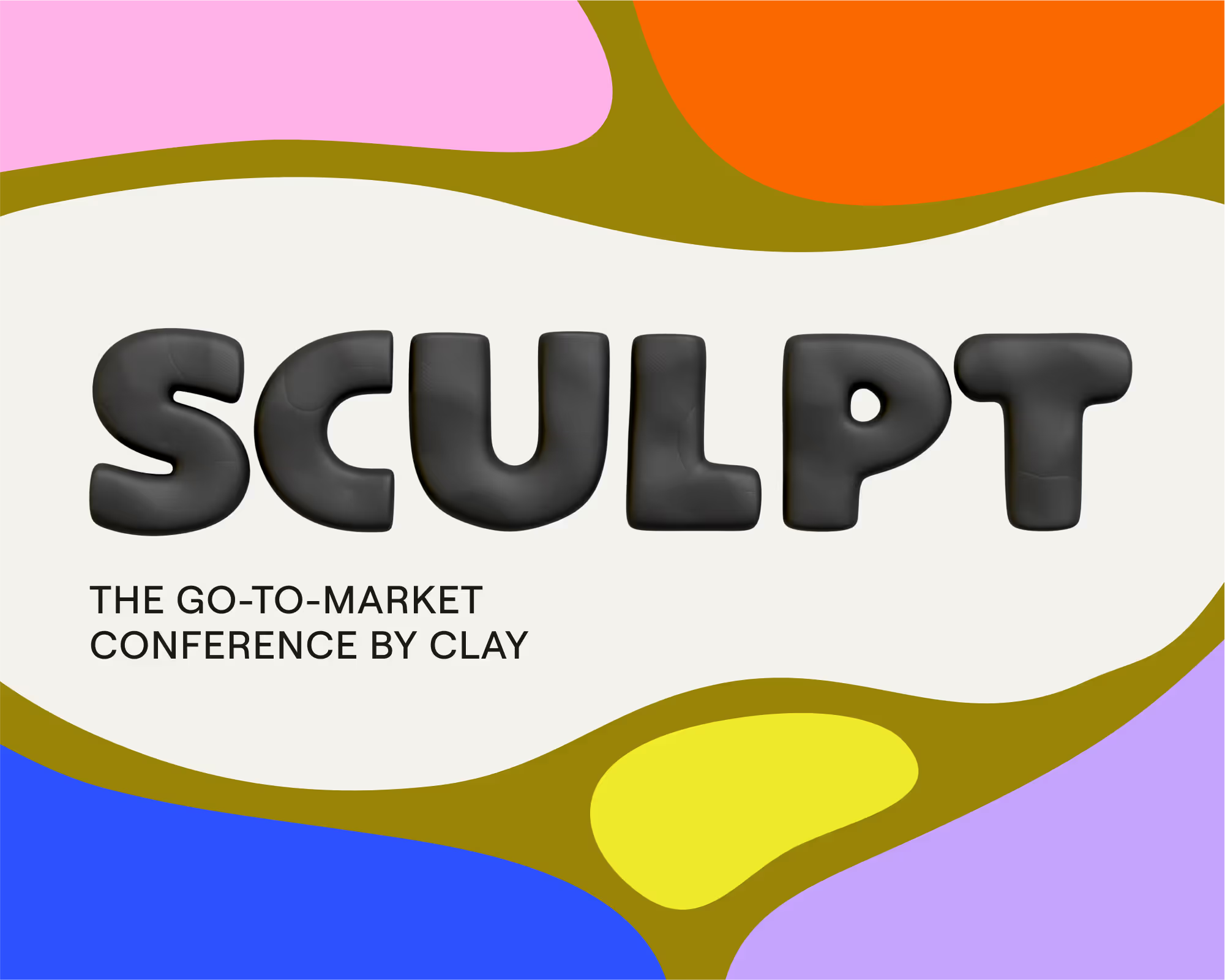
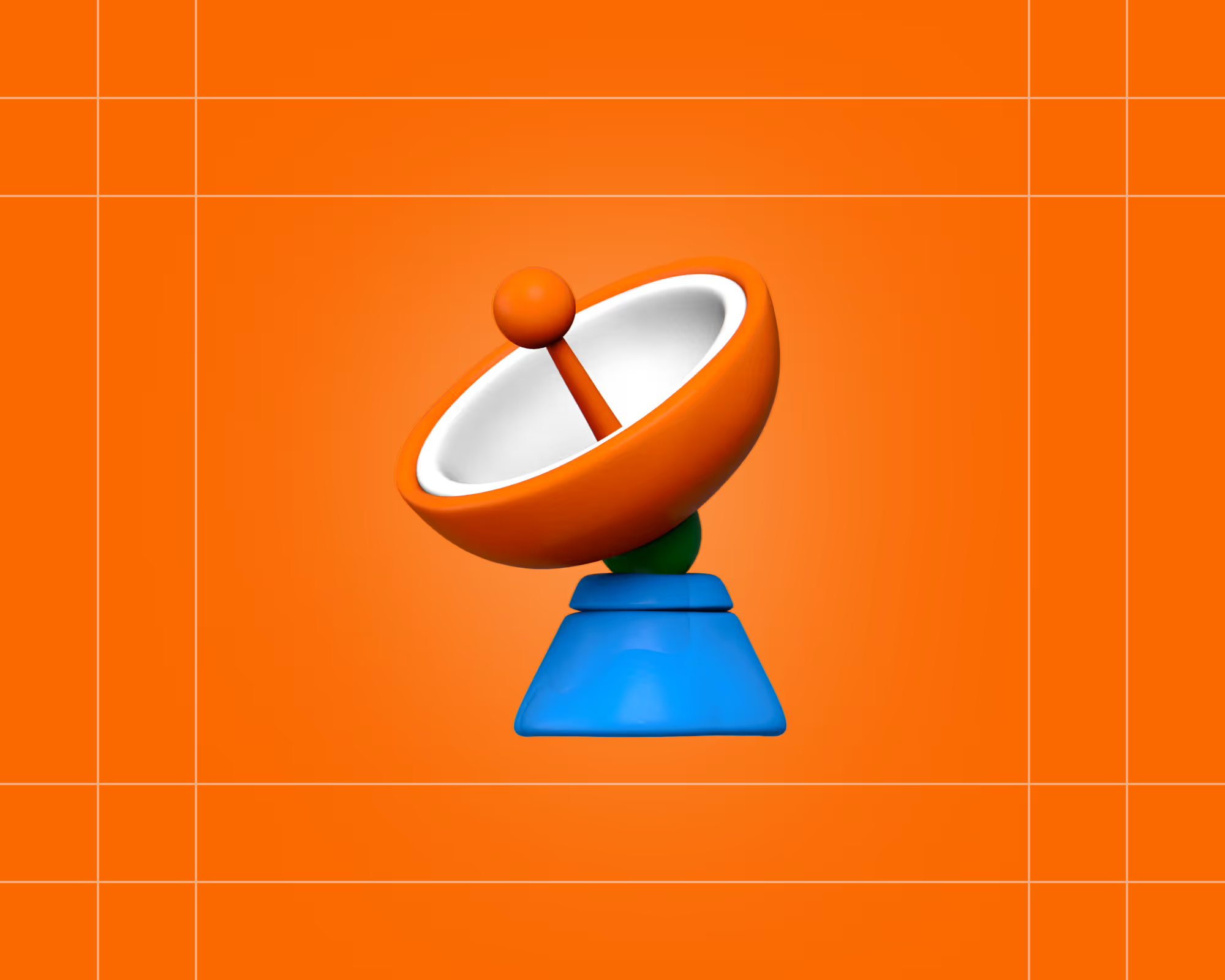


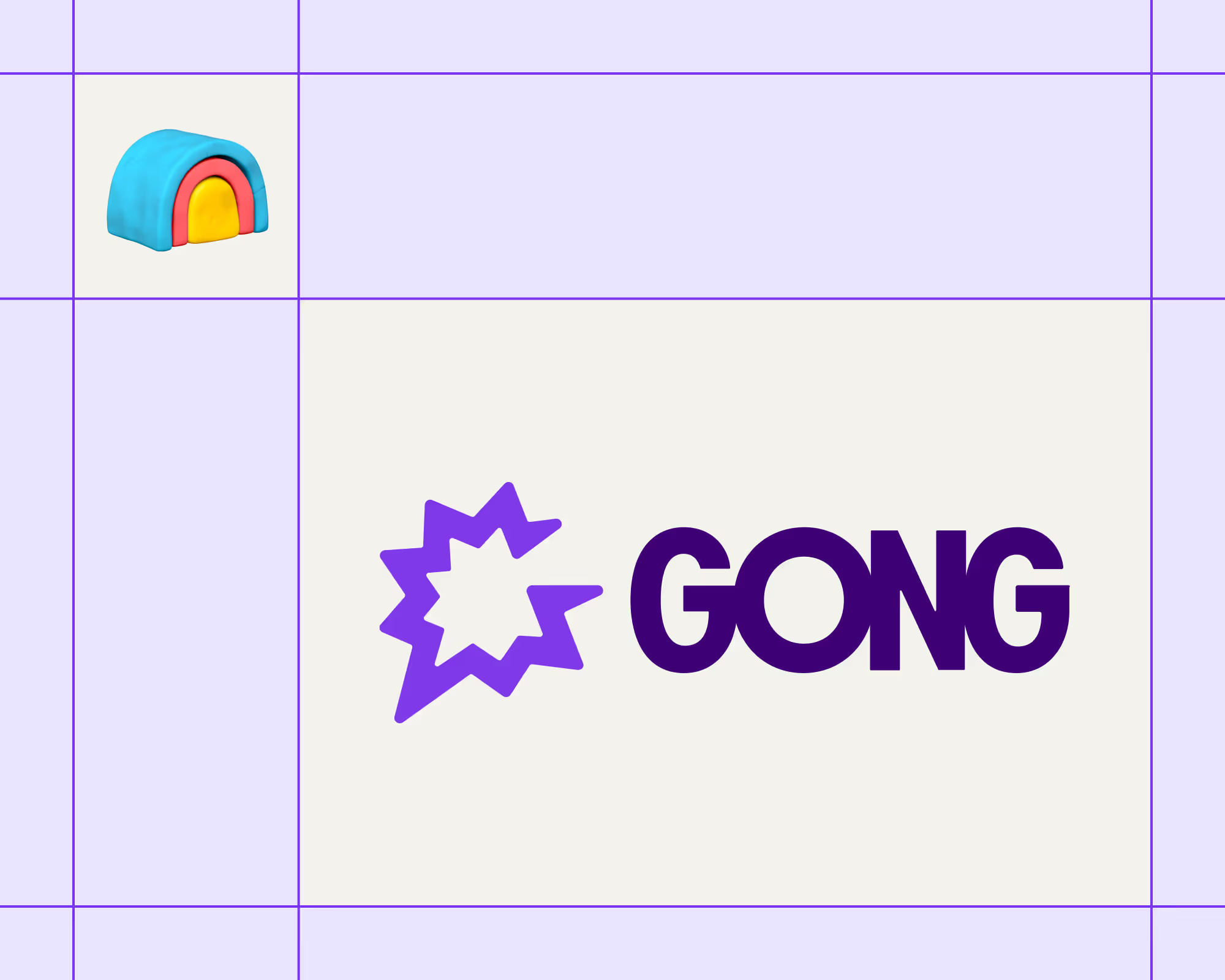

.avif)











.avif)
.avif)






















































